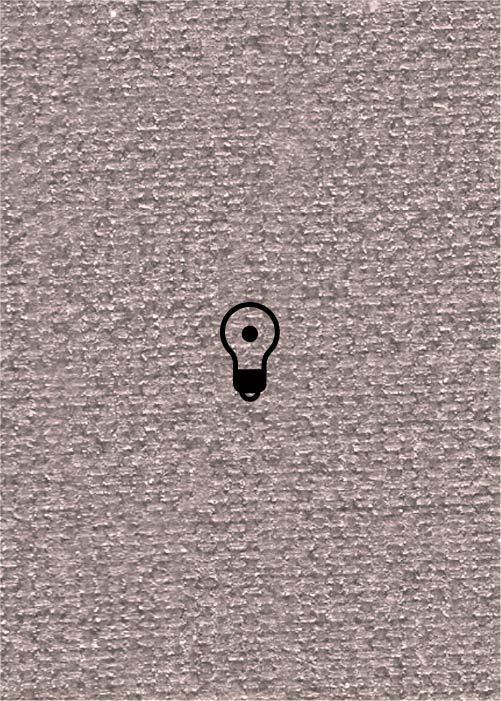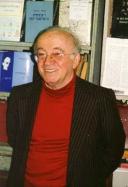(44 results found)

Vals (LKT)
… mazurkas and waltzes... [which were popular] in the ‘30s.” [Warsaw, Poland, 1930s]. Alpert 1996a, pp. 16-17 . “In L. … others.” Cahan 1952b, p. 89 . “‘To a valts. ’” [Pinsk, pre-World War II]. Cahan 1957, p. 490 (#234) . “‘To a valts. … 1830 in Bohemia), quadrille (first appeared in Paris at the beginning of the nineteenth century). These dances were only …

Toyten-tants (LKT)
… developed in Spain around the end of the 14th and the beginning of the 15th cent., is said to have been composed … someone to dance with him and act out his leaving this world.” Roskies and Roskies 1975, p. 232 . “Masked dancers … splendidly done.” [Cleve, near Amsterdam, 17th century]. Schwartz 1937, pp. 290-92 . … Toyten-tants (LKT) …

Sher
… writes: ‘This is a popular dance-song which consists at the beginning of incomprehensible word constructions as we find … sher-lieder were transcribed by Schünemann at the time of World War I. In terms of melodic structure, the two tunes are …

Polka
… And tangos--Polish tangos were very big in the ‘30s.” [Warsaw, Poland, 1930s]. Alpert 1996a, pp. 16-17 . “In L. … dancing a krayts-polke ...” [Podbrodz, Vilna province, pre-World War II]. Cahan 1938, p. 40 (#63) . “Polka, polka... … 1830 in Bohemia), quadrille (first appeared in Paris at the beginning of the nineteenth century). These dances were only …

Quadrille (LKT)
… a little Jewish town.” [Nikolayev, Kherson province, afterwards, Odessa region, c. 1905]. Babel 1965, p. 257 . “In L. … 89 . “‘To a quadrille.’” [Vashlikove, near Bialystok, pre-World War II; David-Haradok, near Vilna, pre-World War II]. … 1830 in Bohemia), quadrille (first appeared in Paris at the beginning of the nineteenth century). These dances were only …

Flakstants (LKT)
… with all the dramatic movements growing linen, from the beginning of the seeding until the spinning of linen by the … steps that were not identical.” [Pilvishok, Lithuania, pre-World War II]. Rombak 1960, p. 30 . … Flakstants (LKT) …

Mitsve-tants (LKT)
… unwind, and when the knot is unwound, the music stops. Afterwards, the next couple comes forward. And people were … a wife, people do a mitsve-tentsl .” [Warsaw, Poland, pre-World War II]. Cahan 1957, p. 259 (#279) . “Moshe, Moshe, … (J.M. Epstein, Derekh ha-Yashar , Frankfurt, 1704). By the beginning of the 19th century it became the practice for men …

Freylekhs (LKT)
… men or women or in mixed couples...” [Dubno, Poland, pre-World War II]. Fridhaber 1978b, p. 31 . “While the badkhn … After the introductory music, everyone circles to the left beginning on the first bear of the next musical phrase... …
Mordkhe Shekhter
… intelligence in the United States Army during the Korean War, he resumed his association with YIVO and began teaching … in Yiddish Language, Literature and Culture from its beginning in 1968 until 2004; the program is a joint project … two students, he founded Yugntruf (''Call to Youth''), a worldwide organization devoted to teaching Yiddish to new …

Dobranotsh (LKT)
… couples the ‘dobra notsh’ ( ‘a gute nakht’ ), from the beginning of the melody, the badkhn used to shout in a loud … the klezmorim get a special payment.” [Dubno, Poland, pre-World War II]. Katshke 1966, p. 668 . “At the bride’s later that …



